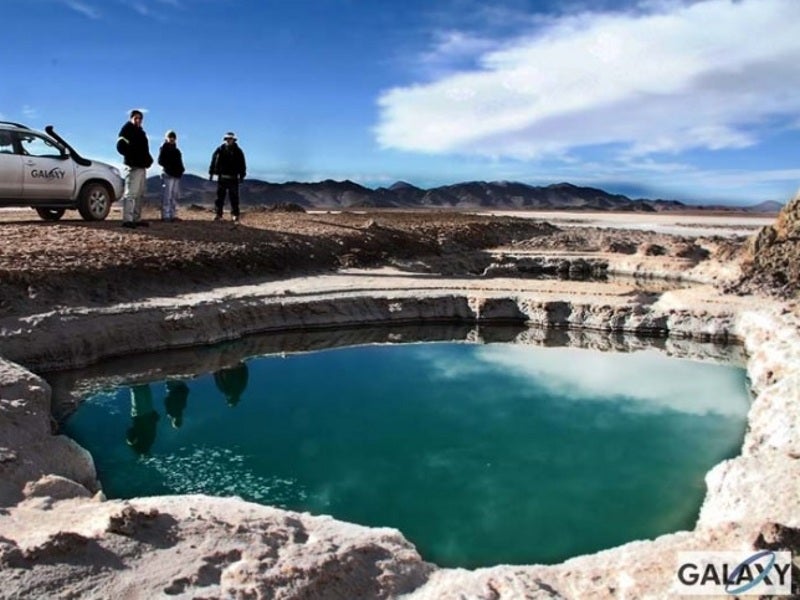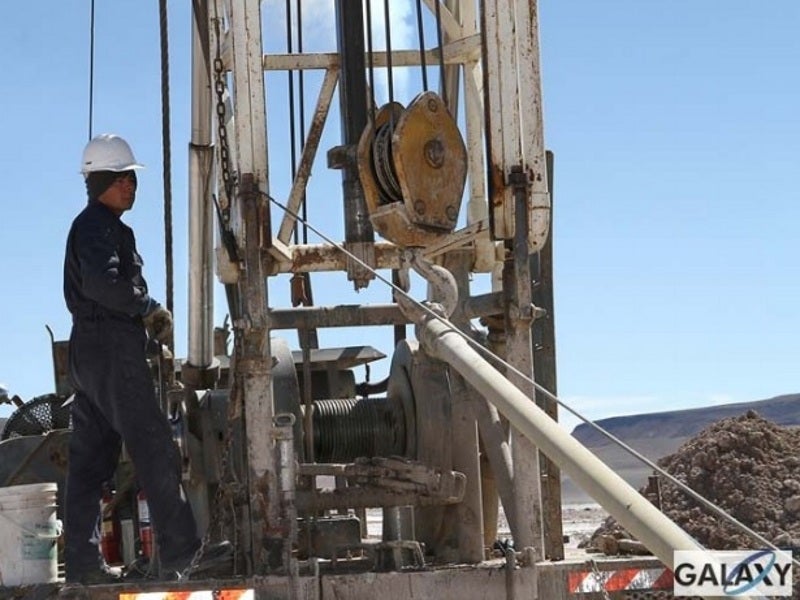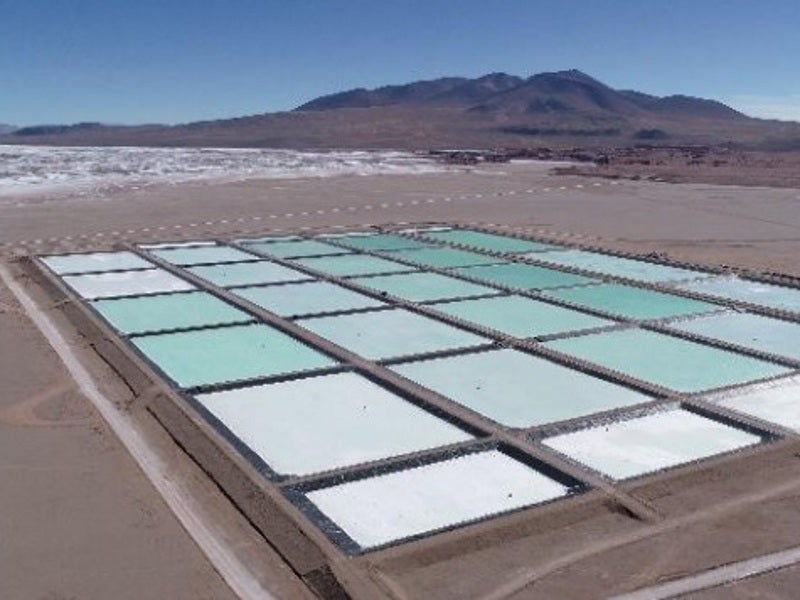The Sal de Vida lithium project is a world-class lithium brine deposit being developed in the Catamarca Province of Argentina. Australian lithium producer Galaxy Resources is the owner and developer of the project.
The project development is divided into three stages. The first two stages will involve evaporation and production of primary grade lithium carbonate, with the third stage involving the refining of the primary carbonate into battery-grade lithium product.
An updated feasibility study, completed in May 2018, estimated the total capital investment on the project to be approximately £355m ($474m). The project entered the design phase in July 2020.
The front-end engineering design (FEED) for wellfield and ponds is currently underway, while tenders for the FEED for the process plant and non-process infrastructure is expected to be awarded by the end of 2020.
Galaxy acquired a 70% stake in the project following its merger with Lithium One in July 2012. The company plans to self-fund stage one of development, for which early works are expected to begin in early 2021 with the commencement of production targeted for 2022.
Production estimates
The Sal de Vida lithium mine is expected to produce up to 25,000 tonnes (t) of battery-grade lithium carbonate and 94,000t of potassium chloride a year, over an estimated mine life of 40 years.
The first stage will have a production capacity of 10,000 tonnes per annum (tpa) of primary grade lithium carbonate.
Location, geology, and mineralisation
The Sal de Vida lithium brine asset is located on the Salar del Hombre Muerto salt pan which is situated in the high altitude Puna region of the Central Andean Plateau. The project area encompasses approximately 95,135 acres mostly on the eastern part of the Hombre Muerto salt pan in the Catamarca and Salta provinces of Argentina. The project site is located approximately 170km southeast of the city of Salta.
The Hombre Muerto basin is an evaporite deposit divided into eastern and western sub-basins. The eastern sub-basin is dominated by clastic sediments, borate precipitates, and limited halite, while the western sub-basin is dominated by halite evaporite deposits.
The geophysical survey estimated the mineral resources and reserves to a depth of 300m at the Sal de Vida project
The project area holds superior brine chemistry, high lithium grade, and a large volume of extractable brine. The average lithium and potassium concentrations present in the project are 780mg/L and 8,700mg/L respectively.
Reserves at Sal de Vida
The Sal de Vida project is estimated to hold 1.1 million tonnes (Mt) of retrievable lithium carbonate equivalent (LCE) and 4.2Mt of potassium chloride (KCI) in JORC-compliant proven and probable ore reserves.
The measured, inferred and indicated resources at the project are estimated to be 7.2Mt of LCE and 28.8Mt of KCI equivalent.
Mining and processing operations
The Sal de Vida project will be a conventional lithium brine operation involving evaporation ponds and a processing plant. The project will involve the development of Southwest and East brine production wellfields. The brine solution from the wells will be supplied to the evaporation ponds.
The brine will undergo solar evaporation, purification, and crystallisation in the evaporation ponds to remove minerals such as calcium and magnesium and to add sodium carbonate. The resulting lithium carbonate will be transported to the purification facility for the extraction of battery-grade primary lithium carbonate.
The purification process will involve three stages namely the bi-carbonate purification stage, the ion exchange stage, and the re-crystallisation stage.
The project also envisages an off-site potash processing plant which is planned to be built in the second stage of project development.
Contractors involved
Montgomery & Associates was engaged to perform bine mineral resource and reserve estimates for the Sal de Vida lithium brine project.
Taging, together with Calder Maloney and Hatch Engineering prepared the definitive feasibility study report, while Techint Engineering and Construction and Resource Engineers prepared the updated pre-feasibility study report.





